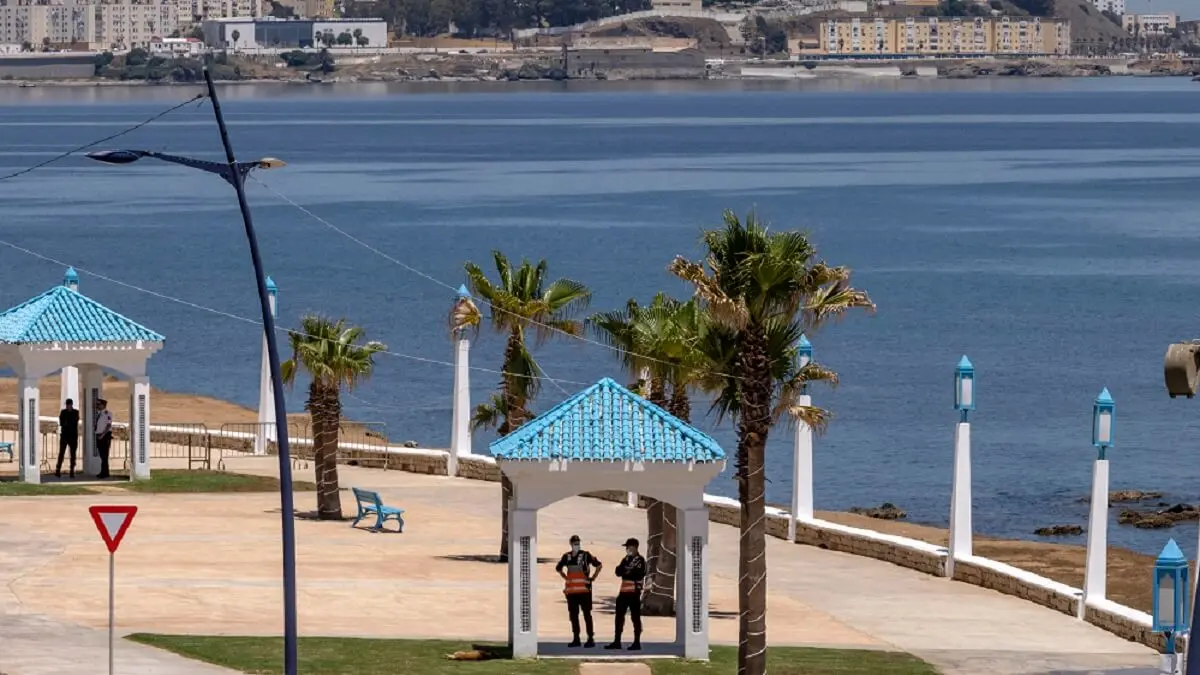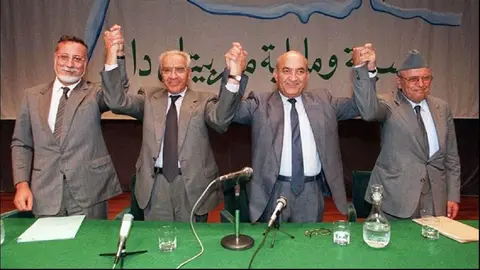Ceuta and Melilla: separating or uniting Morocco and Spain?

There are two ways of approaching the future of the two cities, Ceuta and Melilla, and the adjacent islands and islets. "Autonomous cities" for Spain, "occupied presidios" for Morocco, the two enclaves located on the northern coast of the Moroccan Kingdom, one facing the Rock of Gibraltar and the other bordering the Alboran Sea, have for centuries been the subject of a territorial dispute between the two neighbours.
Is there a viable solution to this dispute? There may be two ways to envisage its future.
The first is the legal one, which puts the status of both under Spanish sovereignty face to face, something partly accepted by the United Nations, the European Union and supranational bodies to which Spain belongs, such as NATO; and, on the other side, the territorial claims made by the Kingdom of Morocco, constant in its anti-colonialist proclamations formulated by the reigning Alaouite dynasty, and accepted in whole or in part by the supranational bodies to which it belongs, such as the Arab League, the Organisation of the Islamic Conference, the Non-Aligned Movement and the Group of 77.
Other supranational bodies in which the two countries are represented, such as the Union for the Mediterranean, adopt a position of passive neutrality. Even the UN seems to maintain a certain equidistance. Both countries have sent documents to the United Nations formulating their respective positions, which the international body has registered in its records.
Given the history of both cities and islets, and the legal-geographical positions held by both countries, a solution to the "territorial dispute" between Spain and Morocco is not foreseeable in the short or medium term. There are arguments for and against on both sides, making an understanding complicated, if not impossible.
The second way of approaching the problem and envisaging a feasible and pragmatic future is to put the future of the populations affected by the dispute at the centre of the question: those who inhabit the two cities (the islands and rocks are uninhabited), and the adjacent populations of Spanish Andalusia and northern Morocco in the region of the former Protectorate.
The two scenarios are not incompatible and mutually exclusive. Moreover, dialogue can be continued or initiated on the legal and historical aspects of sovereignty, seeking formulas for the future (which have already been explored and discussed informally by Spain and Morocco in the past, such as co-sovereignty, shared regency, bicephaly of the state), while a shared development plan, yet to be finalised, is pursued.
The urgency of finding solutions to economic growth and social problems is determined by the situation of the 170,000 people living in the two cities, divided half and half between them.
It is physically impossible to envisage the isolated development of Ceuta and Melilla as Spanish cities outside the Moroccan context. The European support plans for peripheral or outermost regions, which have had excellent results in the Canary Islands, whose Spanish sovereignty is in no way questioned by the Moroccan kingdom, have not worked in the two North African enclaves. The fiscal and financial measures with which the Spanish state has endowed both cities have not been sufficient.
Ceuta and Melilla, 'as Spaniards', cannot develop with their backs to Morocco. Not only because of their social, religious and cultural fabric (there are approximately 31,000 Muslims registered in each of the cities, nearly 37 per cent of the total, all of whom are entitled to dual Spanish-Moroccan nationality), but also because of the interdependence that exists in all the administrations and in the armed forces deployed in the two cities, with more than a quarter of Muslim soldiers of Moroccan origin in the Spanish army.
Vice versa, neither Ceuta and Melilla, "as Moroccans", could develop with their backs turned to Spain, and in particular to Andalusia, an Autonomous Community with which they are closely linked and committed.
In such circumstances, it is considered urgent for all the actors involved in the Spanish-Moroccan territorial issue to explore shared development formulas, similar, or not, to those promoted by Britain in Hong Kong and Portugal in Macao, which have led to the constitution of Special Administrative Regions when they were incorporated into China's sovereignty.
An understanding between Madrid and Rabat, Seville and Tetouan/Nador, Ceuta and Melilla would benefit all linked populations, and could begin to implement shared co-development measures. Pending, for a later stage, finding administrative formulas appropriate to the status of sovereignty.
This would be a win-win scenario, provided that the real actors - citizens, collectives, businessmen, civil servants, teachers and civil society - are duly represented in the future dialogue, and that both States are willing to provide the necessary financial resources.




